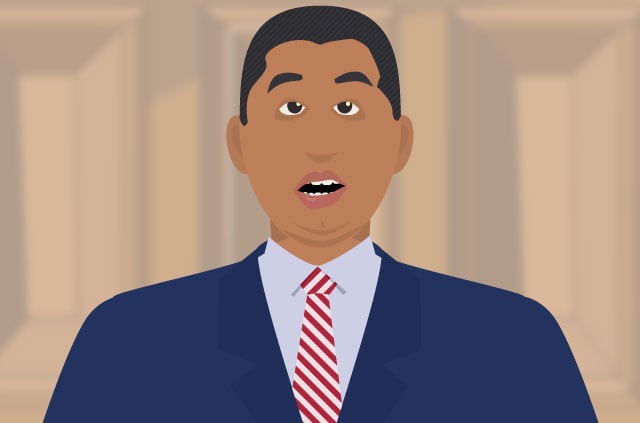Update on June 2, 2022: In light of data retention regulations, ExpressVPN no longer has physical servers in India. Find out more.
On November 28, 2017, the Telecom Regulatory Authority of India (TRAI) released its own set of recommendations declaring the internet as a basic human right. The new regulations include forbidding an internet service provider from tampering with web traffic and setting the precedent that all online content is equal.
You have to hand it to India. While the U.S. moves to reclassify the internet as a commodity and not a basic universal need, India just proposed bold new legislation to solidify their net neutrality rules. It’s a stark contrast to the ongoing debate Congress is currently embroiled over, and advocates are already calling it the most progressive policy stance on a free internet yet.
Here’s what the U.S. could learn from India’s new policies.
1. Stop letting ISPs throttle traffic
One of the most significant changes deals with how ISPs can accommodate traffic. Under the new legislation, throttling—that is, the act of intentionally slowing internet speeds for specific sites—is strictly prohibited. U.S. ISPs (as well as ISPs in Europe) have continuously come under fire for illegally throttling specific sites while setting up fast lanes for others.
Just a few months ago a Reddit user proved how Verizon was throttling their mobile network but using a VPN to check their ping speeds before and after they turned on their VPN. Verizon was quick to issue a response, though their shady service didn’t go unnoticed.
By mandating that every web page gets the same treatment, India is essentially giving every site—no matter the size or popularity—an equal chance to succeed.
Did you hear that, Congress? If you really want to nurture a competitive and innovative internet, don’t allow Comcast, Verizon and other giant ISPs to dictate how their customers browse the web. It’s as simple as that.
2. Stop letting people who don’t know how to internet regulate the internet
Is there a direct correlation between those who want to repeal net neutrality and those who don’t know how the web works? Possibly. Probably.
In the U.S., the majority of NN opponents argue that the internet isn’t a basic need, and therefore shouldn’t be thought of as a necessity. There are hundreds of examples that illustrate how most Congress members have no idea how the internet works, but none are as prevalent (or dangerous) as FCC Chairman Ajit Pai, who believes ending net neutrality will actually “restore internet freedom.”

India, on the other hand, is making sure only people who are familiar with the internet be involved in shaping its future. According to the TRAI’s legislation, a new government body consisting of ISP reps, civil workers, academic groups, and consumers will be created to make recommendations regarding net neutrality.
Imagine that: people who know how something works involved in creating and overseeing its policies.
3. Let the public dictate internet policy, not the donors
India’s not known to back down from a fight when it comes to a free internet. In fact, the country’s net neutrality debate can be traced back to 2015, where Airtel, the country’s top internet provider, tried to charge users more to access certain messaging apps. Activists were quick to flood the web with comments and appeals, setting up various chat groups and eventually swaying government opinion in their favor. The plan, dubbed Airtel Zero, was quickly scrapped, leading similar business models to all but crumble overnight.
And then there was that whole Facebook fiasco back in 2015 when the company tried to release a watered-down version of the internet to the masses. Unfortunately, FB’s blundering business model dictated that only certain websites would be accessible, while others required a nominal fee. Sound shady? That’s because it was. Luckily, India wasn’t having any of it, and Facebook quickly abandoned its plans.
As the world’s second largest internet market, India’s online future is bright. By 2020, e-commerce is expected to exceed $34 billion, with more than 200 million Indians conducting day-to-day transactions online. It’s safe to assume this is at least partly possible due to the public’s overwhelming (and unyielding) demand for a free and open net.
The proposed regulations will now head over to India’s telecoms department, and experts are confident these new guidelines will become a reality next year. Here’s hoping.